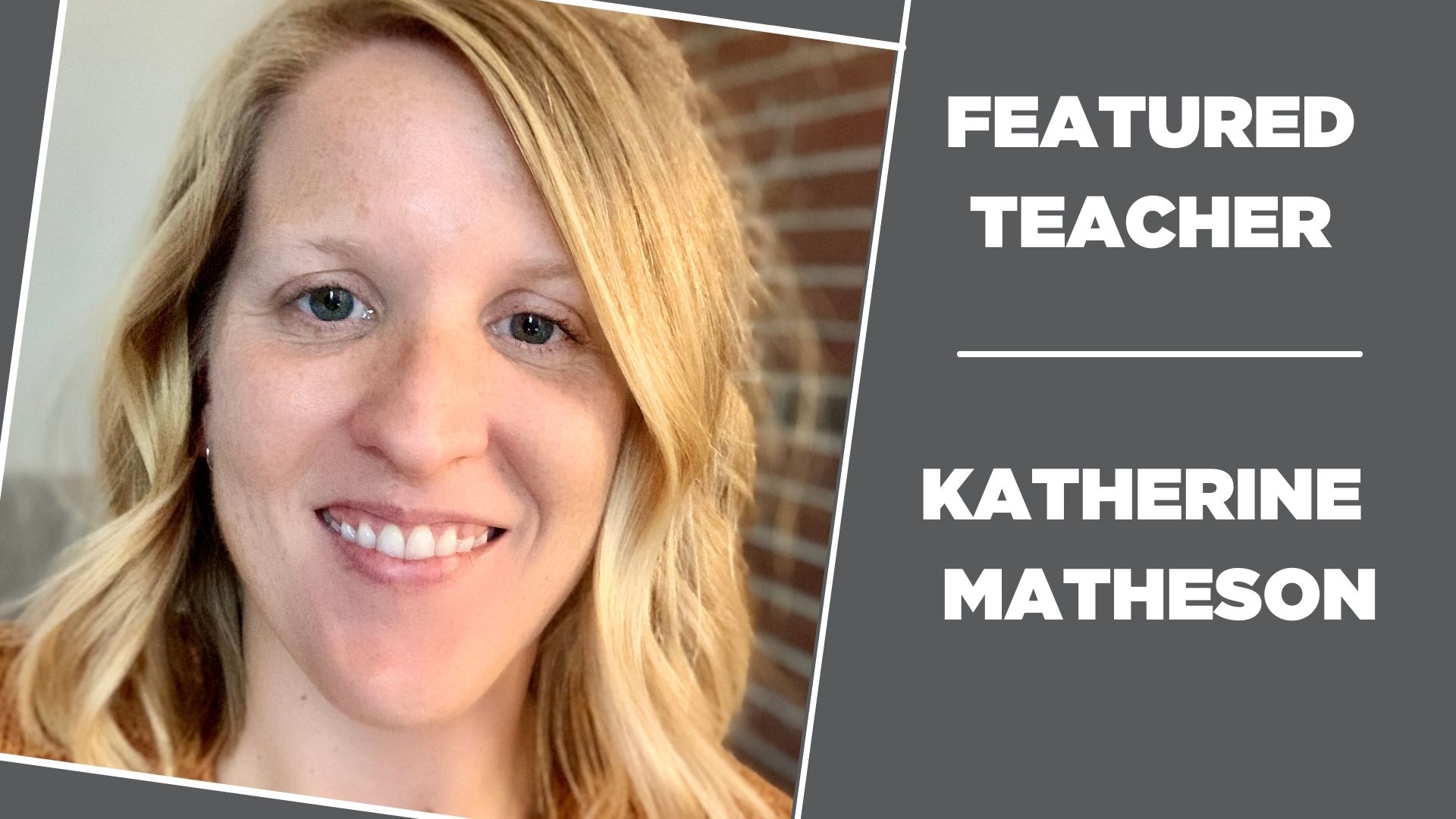
Getting to know Katherine Matheson
Share:
Introduce yourself and where you teach:
My name is Katherine R. Matheson. I teach Spanish at Phillips Academy in Andover, MA, an independent boarding school for students in grades 9-12.
Describe the levels you teach and with one you use RA
I have taught all levels of Spanish throughout my career, but for the past few years at PA, I have been teaching Spanish 300, an intermediate-level course mainly for tenth and eleventh graders. Their backgrounds as learners of Spanish vary widely: some have been learning since elementary school, some began in middle school, some started as beginners when they arrived at PA and a few others are heritage speakers. Some are international students. We don’t use a textbook at any level of Spanish in my school, so students who have come through our program are used to seeing authentic media in the coursework, but those who matriculate from more traditional programs usually need a bit of time to adjust.
The episode you used
The two episodes I’ve used with this level are “En busca de las palabras” and part of “Fealdad.” Both are part of an extended unit on gender identity.
How you used it
I use the first five minutes or so of “Fealdad” to familiarize students with beauty standards in Latin America and to reinforce the language function of describing people. Later in the unit, they listen to all of “En busca de las palabras” to understand some of the challenges that gender nonconforming people face, specifically in Spanish-speaking cultures. The episode also introduces them to key vocabulary in context; students are able to apply this vocabulary in discussions and compositions after listening to the episode. I use Micah’s story in conjunction with a TED Talk video by Dr. Lera Boroditsky called “How language shapes the way we think.”
What the reaction of the students was
My students are pretty savvy when it comes to issues related to identity, but many of them arrive in my class lacking an understanding of how perspectives on identity can vary across and within nations. When Gabriela discusses how her physical appearance is “read” by others, both as an adult and as a child, it makes racism and sexism personal and immediate. Likewise, Micah’s struggles with seemingly simple aspects of language as well as complex high-level bureaucracy show how his transgender identity has permeated all aspects of his life. My students have strong emotional reactions to both of these stories. These are topics that many prefer to intellectualize in the classroom, but hearing true stories from real people allow my students to connect to the human beings whose lives are impacted by these issues. Even more importantly, it provides an opportunity for my students who identify as BIPOC or gender nonconforming to hear from people like them, to feel represented and heard, and to experience the centering of voices like theirs in our class. I would say that the challenge inherent for an intermediate-level student in listening to stories narrated by native speakers, for native speakers, does not overshadow the urgency of the issues at the heart of both episodes. In fact, my students are always eager for this challenge. They love consuming media meant for native speakers, and with the right scaffolding, they can take away very profound understandings.
What you learned and how you would do it differently/ better the next time
It can be overwhelming for students to handle an entire episode of RA, especially at the intermediate level. I think chunking or excerpting an episode is an excellent approach for using RA with students who aren’t at the advanced level yet. I also encourage my students to use the transcriptions to assist their literal comprehension of the spoken language. Because “Fealdad” is the first podcast I use in this class, I scaffold the comprehension tasks heavily with images and discrete comprehension checks. There are significant parts of it that are not appropriate for high-school age students, but the first five minutes work very well as a stand-alone episode, and that’s something I’d like to do with other episodes, too. “En busca de las palabras” is much longer (17 minutes) and it really has to be broken down. I’ve done that in a few different ways: assigning chunks of the episode over the course of a week, for example, with comprehension questions for students to answer before engaging in a discussion in class about a particular segment. More recently, I’ve assigned the whole podcast episode days in advance of the in-class discussion, but chunking the accompanying worksheet so that students know that they are supposed to stop and take a break. I’ve also been moving away from comprehension questions and towards more open-ended prompts, asking students to explain why key vocabulary is relevant to the segment that they have listened to. Finally, I focus on ACTFL standards for interpretive proficiency, asking students to identify the main idea and key details, draw conclusions and make inferences on the worksheet, in hopes that they will be prepared to dive right into deep discussions in class, following whatever discussion protocol works for the group. I want to note that in the past I have used the Venezuelan film “Pelo malo” in this unit as a counterpoint to “En busca de las palabras,” but I’d like to use more current and empowering material when I teach this unit again in the spring. I think I can develop the learning tasks much more for the podcast episode, so I will likely just drop the movie and let Micah’s story take center stage.





